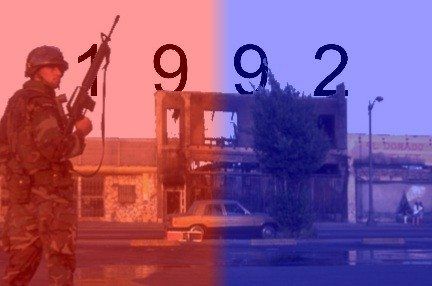

It was a Wednesday night and my son was watching the news on TV in his room while I fixed dinner. “Dad,” he called from the bedroom, “Dad, you better get in here and see this.”
“This” turned out to be the beginnings of the worst urban social upheaval in American history. Its early moments were caught on film by a news helicopter high over the intersection of Florence and Normandie. We watched, transfixed, as some black kids pulled a white truck driver out of his cab and one of them hit him with a brick. An Asian woman was threatened as she tried to make a right turn off Normandie onto Florence, her face etched with fear. Car windows were broken. The news commentators called them “hoodlums” and the police were nowhere in sight. Then we watched as the city began to burn.
I was an undergrad at UC Santa Barbara when Watts upended L.A.
» Read more about: 1992 Remembered: Driving Into the Wreck »


(Our coverage of Los Angeles’ 1992 civil unrest continues with this post by Martín Hernandez, a former Bus Riders Union organizer, L.A. Weekly theater critic and a currently “overworked Social Worker with L.A. County’s Department of Public Social Services.” He is also an SEIU Local 721 shop steward.)
“Maybe we should break into Circuit City and get us some new computers.”
I remember this idea floated among me and other volunteers who worked for a cash-strapped State Assembly candidate’s campaign when the fires and “looting” erupted after the not-guilty verdict for the cops accused of beating Rodney King. Ours was a dark attempt at humor as decades of pent-up rage exploded around Los Angeles, unleashed from people too long oppressed based on the color of their skin and their lack of the color of money. Even a prominent Latina politician opined one night in our Montebello campaign office that the only time “they” pay attention to “us” was when “we” burned things down.


(Photographer Ted Soqui’s account of the 1992 events, as told to Frying Pan News, appears below. He covered the violence for the L.A. Weekly and created some the unrest’s most memorable images. In 2011 his photograph of an Occupy L.A. protester was used by Shepard Fairey to produce Time magazine’s Person of the Year cover. This Wednesday afternoon, April 18, Soqui will speak at the Central Library about his experiences as part of the Los Angeles Public Library’s Photographer’s Eye lecture series.)
I was at the Simi Valley courthouse when the jury came in – nobody could believe the verdict, but no one thought the city would blow up. Later I heard something on AM radio about rocks and bottles being thrown at Florence and Normandie,
» Read more about: 1992 Remembered: A Photographer Follows the Smoke »


This month Frying Pan News presents personal stories of L.A.’s April 29-May 4, 1992 explosion. These recollections do not represent the point of view of this blog or its sponsor, the Los Angeles Alliance for a New Economy. In this installment we interview painter Anthony Ausgang, one of the best-known proponents of Los Angeles’ Lowbrow art movement; his psychedelicized images of cartoon cats and rogue hot-rodders have become iconic staples of Southern California galleries.
In 1992 he was the property manager of an eight-unit block of storefront studios near the intersection of Vermont Avenue and Santa Monica Boulevard, an area near Los Angeles City College that would see much arson and looting. He lived in one of the units, which he still manages today; he and his companion, painter Marcy Watton, who lived next door, were taken off-guard by the violence that erupted after the Rodney King verdicts.
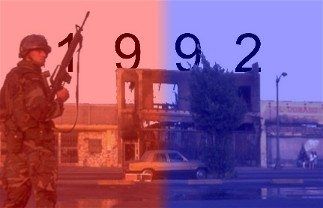
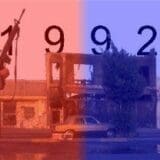
This month Frying Pan News is presenting personal stories of the April 29-May 4, 1992 explosion, an event that has been called everything from a riot to a rebellion. These recollections do not represent the point of view of this blog or its sponsor, the Los Angeles Alliance for a New Economy. Today’s post comes from Judith Lewis Mernit.
This city was new and strange to me in April of 1992. I had been hired to be the L.A. Weekly’s arts editor just one year before and had moved out from St. Paul, Minnesota. I had been initiated, in a way: My car had been stolen — twice — and I knew what an earthquake felt like. But I had still so much to learn. I did not know a neighborhood had been leveled to build Dodger Stadium. I was still too frightened to swim out past the big waves in the ocean.


This month Frying Pan News is presenting personal stories of the April 29-May 4, 1992 explosion that has been called everything from a riot to a rebellion. These recollections do not represent the point of view of this blog or its sponsor, the Los Angeles Alliance for a New Economy. They do, however, present snapshots of a moment in a city’s troubled history — as well as opinions about how far we still need to go to make Los Angeles work.
Today’s post comes from Mike Davis, author of City of Quartz and Ecology of Fear. He teaches creative writing at U.C. Riverside.
A Tale of Two Riots
I was protesting at Parker Center when the Simi Valley verdict was announced. I spent the evening in South Central, talking to people and watching the fires.
» Read more about: 1992 Remembered: Mike Davis' Tale of Two Riots »


Twenty years ago Los Angeles exploded in a confusing nightmare of violence, triggered by the jury acquittal of four police officers accused of beating black motorist Rodney King. For the next month Frying Pan News will present personal stories of the incendiary events that have been called everything from a riot to a rebellion. Today’s post comes from Lovell Estell III, a longtime L.A. Weekly theater critic.
Hold the Flak Vest
I was in the fourth month of an internship at the Silver Lake-based L.A. Weekly on that day in April. There was a lead-dense atmosphere of tension in the building – but also an electric current of excitement. Earlier in the day, publisher Mike Sigman had asked me if I wouldn’t mind doing a bit of field reporting, after which he handed me a flak vest. I politely declined both the vest and his offer of potential journalistic immortality.
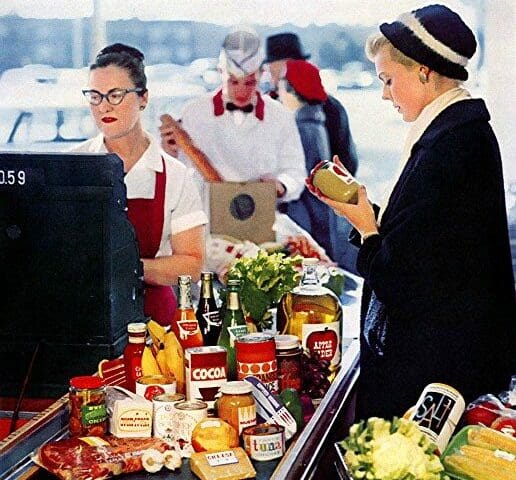
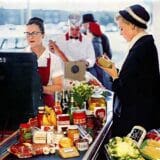
Seven a.m. My alarm jolts me out of a deep slumber. I make my way to the bathroom and run a hot shower. Fifteen minutes later I proceed to the kitchen to start my morning coffee, Dunkin’ Donuts coffee, to be exact. I fill my cup and open the fridge to get some milk. No milk! My morning ritual comes to a grinding halt. No relative drank it all and placed the empty container back in the fridge; I’m just incapable of keeping my fridge stocked. I consider running to the supermarket, then realize that the nearest one is a mile away. I grudgingly put on a coat and walk two blocks to the corner store. I walk past the tiny aisle of wilted lettuce and mushy tomatoes to the combination dairy-alcohol case. I groan audibly. The shop only carries gallons of whole milk for almost $5 a gallon. Thank goodness I’m only out of milk.
» Read more about: Hey LA, Where’s the Beef? And the Broccoli? »

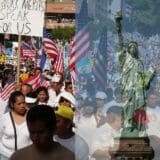
A recent report, “Assimilation Tomorrow: How Immigrants Will Integrate by 2030,” published by the Center for American Progress (CAP) is a very important read despite its rather dry title. It is an economic crystal ball that focuses on measuring the ability of immigrants to assimilate into American society. Not surprisingly to those of us who have grown up in immigrant families and/or lean to the progressive side, immigrants have been and are integrating, whether it be through home ownership, naturalization, learning English or other ways of contributing to society’s well-being and need for diversity.
For me, CAP’s study stirred fond thoughts about my own family’s history and our journey to becoming middle-class Americans from the rural depths of Southern China over three generations. A trip I took to China in 2008 showed me the discrepancies between my family’s humble beginnings (chickens running around and dirt roads) and the markers of our success in the U.S.,
» Read more about: Immigrants, Assimilation and the New Economy »
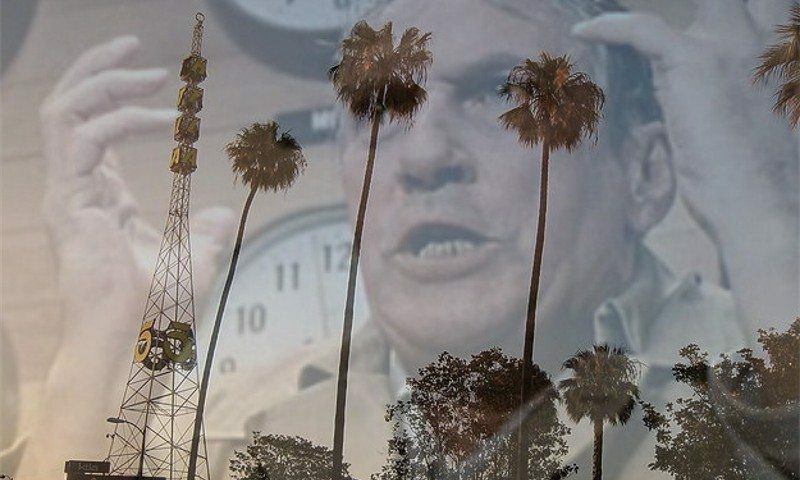
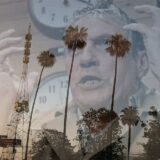
Remember August’s “Tower Guy” story? I happened to be working at the computer that night, when I heard my wife gasp from the other room, where she was watching the evening news. “Get in here,” she called, “some guy is having a Howard Beale moment!”
Turns out that she was watching KTLA, where police had just arrested someone for climbing Channel 5’s steel tower on Sunset Blvd. in Hollywood—apparently he got some 30 feet into the air before the cops got him down. Was this some sort of crazy stunt by a thrill-seeker? An attempted suicide? A promo for some new reality show? Who could know? After all, the blurb in the L.A. Times was content to conclude that “it was unclear why he began traversing the metal tower.”
Of course, the dominant narrative is that the guy must be nuts. The cops sent a Mental Evaluation Unit.

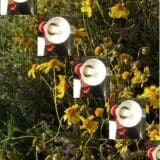
Hi there!
I am an 84-year-old social activist – a calling that began in Pittsburgh, where I was recruited in 1942 at the age of 15 (69 years ago — oy) to organize an attempt to buy Jews out of Nazi Europe. That experience gave some focus to a world gone mad and, I believe, saved my adolescence. (And we had fun!) I have never since left “the fold” — who would I be if activism were not an important part of my identity?
Lately, though, I’ve been considering a new persona as I transition into my precious remaining years, asking myself, What? and Who? and How? This is where the Frying Pan comes in – by inviting me to post my thoughts about my plans here. Will these be more of the same? (And I do mean “same.” How many times can I gather up the passion and energy to work for peace,


I used to love Amazon.com. After a book group meeting I’d run home and order a used copy of the next book we were reading, sometimes paying only $1.00 (plus shipping) for a “lightly worn” paperback. I even bought a CD player and cordless phones from the online retailer. Amazon introduced me to online shopping and I thought I’d never have to enter a mall again in my life.
But this summer Amazon threatened to declare war on the great (and economically struggling) state of California, and I’m pissed off. By refusing to collect California sales taxes on purchases from our state, Amazon wanted to be a freeloader of local government services while it rakes in millions of dollars from California residents.
Where would Amazon.com be if the state and local governments didn’t maintain the streets and highways that UPS and U.S. Postal Service trucks drive on to deliver those little Amazon cardboard packages?
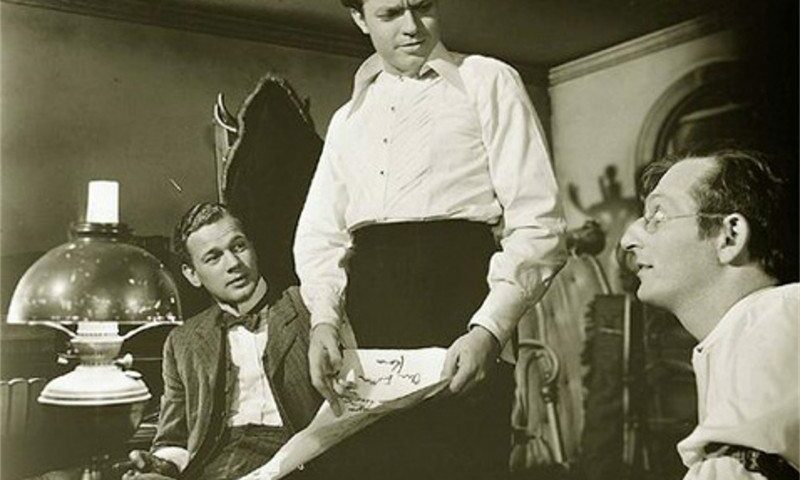
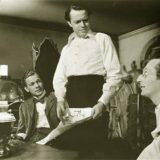
[caption id="attachment_487" align="alignnone" width="525" caption="Photo: RKO Pictures"] [/caption]
[/caption]